Economic Special Zones are areas where China implements special economic policies and economic systems. They were proposed by Deng Xiaoping in April 1979 and implemented in Shenzhen. Later, it was decided to make Shenzhen, Zhuhai, Shantou, Xiamen, and Hainan Economic Special Zones.
In April 1979, Deng Xiaoping first proposed the establishment of an “Export Special Zone”. Later, in March 1980, the “Export Special Zone” was renamed a “Economic Special Zone” and implemented in Shenzhen. According to its essence, Economic Special Zones are also one of the main forms of free port zones in the world. By means of preferential measures such as tariff reduction and exemption, by creating a good investment environment, encouraging foreign investment, introducing advanced technology and scientific management methods, in order to achieve the purpose of promoting the economic and technological development of the country where the special zone is located. Economic Special Zones implement special economic policies, flexible economic measures and special economic management systems, and adhere to the development goal of an export-oriented economy.
In July 1979, the Central Committee of the Communist Party of China and the State Council agreed to pilot export special zones in Shenzhen, Zhuhai, and Shantou in Guangdong Province and Xiamen in Fujian Province. In May 1980, the Central Committee of the Communist Party of China and the State Council decided to rename the four export zones of Shenzhen, Zhuhai, Shantou and Xiamen as Economic Special Zones. In April 1988, the Hainan Economic Special Zone was established.
After China accelerated reform and opening up in 1992, the Economic Special Zone model was moved to the state-level new area, and the expansion and reform of the new special zone in the state-level new areas such as Shanghai Pudong and so on developed, becoming an important symbol of China’s new round of reform.
In May 2010, the Central Committee formally approved the establishment of Economic Special Zones in Horgos and Kashgar at the Central Xinjiang Work Conference.
1. Shenzhen
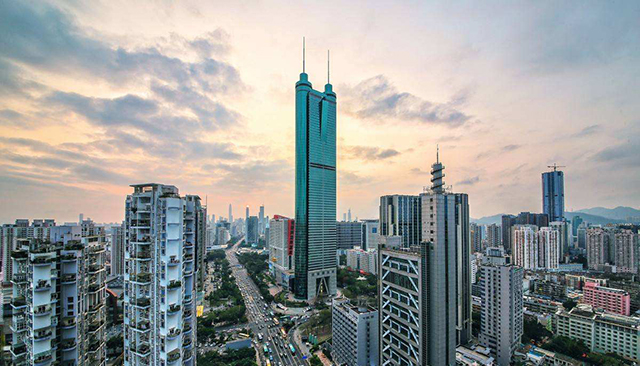
Shenzhen: referred to as “Shen”, nicknamed “Pengcheng”, is one of China’s four major first-tier cities, Guangdong Province, a city under the jurisdiction of the province, a city specifically designated in the state plan, a sub-provincial city, a national regional central city, a mega city, and a national economy positioned by the State Council Central city and international city, national innovative city, international technology industry innovation center, global ocean center city, international comprehensive transportation hub, one of China’s three national financial centers.
2.Zhuhai
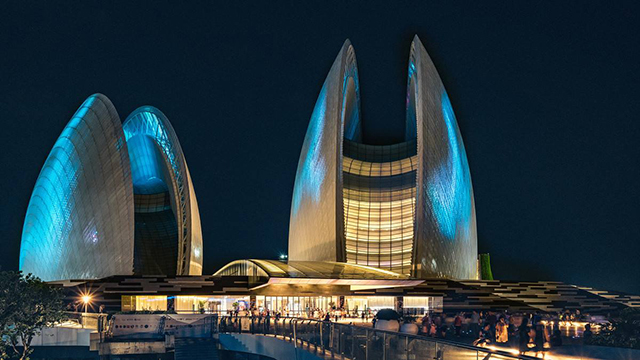
Zhuhai: A prefecture-level city in Guangdong Province, one of the central cities in the Pearl River Delta, and an important scenic tourist city along the southeast coast. It is located between 21°48′ to 22°27′ north latitude and 113°03′ to 114°19′ east longitude. Located in the southwest of the Pearl River Estuary in Guangdong Province, it faces Hong Kong across the sea to the east, Macau to the south, Xinhui District and Taishan City of Jiangmen City to the west, and Zhongshan City to the north. There are 8 national first-class ports, including Gongbei, Jiuzhou Port, Zhuhai Port, Wanshan, Hengqin, Doumen, Wanchai, and Zhuhai-Macao Cross-border Industrial Zone. It is the largest ocean area, most islands, and longest coastline in the Pearl River Delta The city is known as the “city of hundreds of islands”.
3.Xiamen
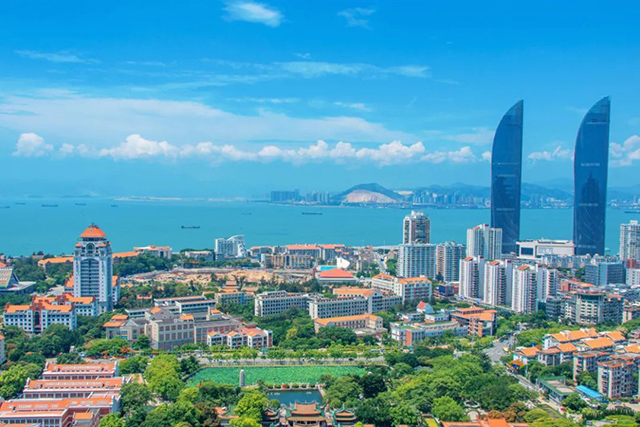
Xiamen: Subordinate to Fujian Province, also known as Lu Island, or Lu for short, a sub-provincial city, a Economic Special Zone, an important central city, port and scenic tourist city on the southeast coast. Xiamen is located in the southeastern tip of Fujian Province, bordered by Zhangzhou in the west, Nan’an and Jinjiang in the north, and across the sea from the Great and Small Kinmen and Dadan Island in the southeast. It is a major city in southern Fujian. It is also known as Xia Zhangquan along with Zhangzhou and Quanzhou. Southern Fujian Golden Triangle Economic Zone.
4.Shantou
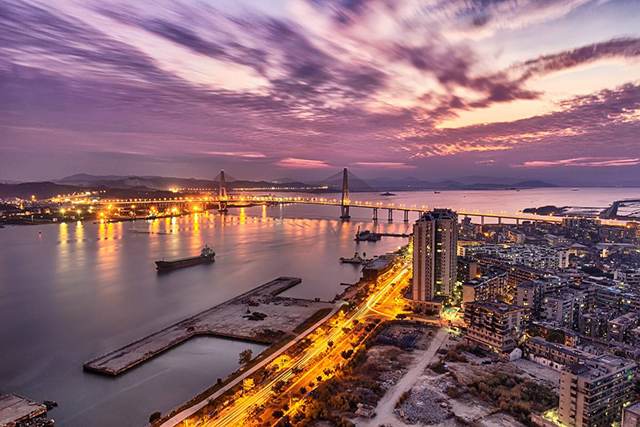
Shantou: A city under the jurisdiction of Guangdong Province, a Economic Special Zone, an important port city along the southeast coast and a central city in eastern Guangdong. Located in the eastern part of Guangdong Province, at the southern end of the Hanjiang Delta, it borders Chaozhou City to the north, Jieyang City to the west, and the South China Sea to the southeast. The Hanjiang, Rongjiang, and Lianjiang rivers in the territory enter the sea. The coastline of the mainland is 217.7 kilometers, the coastline of islands is 167.37 kilometers, and there are 82 islands. There are 6 municipal districts and 1 county under its jurisdiction, with a total area of 2064 square kilometers and a permanent population of 5,575,200 in 2016.
5.Hainan
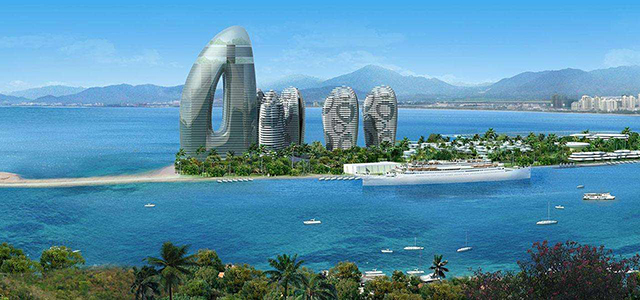
Hainan: referred to as “Qiong”, a provincial-level administrative region of the People’s Republic of China, Haikou, the provincial capital. Hainan Province is located at the southernmost tip of China. It is bounded by the Qiongzhou Strait to the north and Guangdong Province to the north, the Beibu Gulf to the west and the Guangxi Zhuang Autonomous Region and Vietnam to the west, the South China Sea to the east and Taiwan Province to the east, and the South China Sea to the southeast and south with the Philippines, Brunei and Brunei. Malaysia is a neighbor.